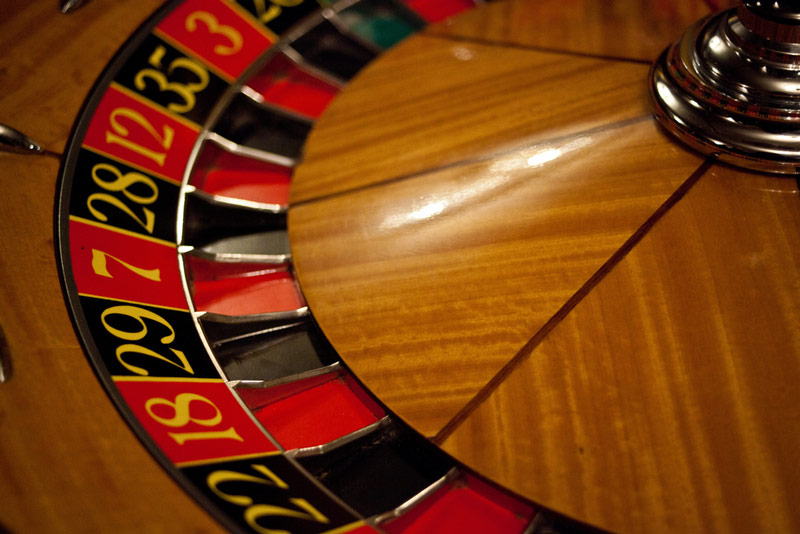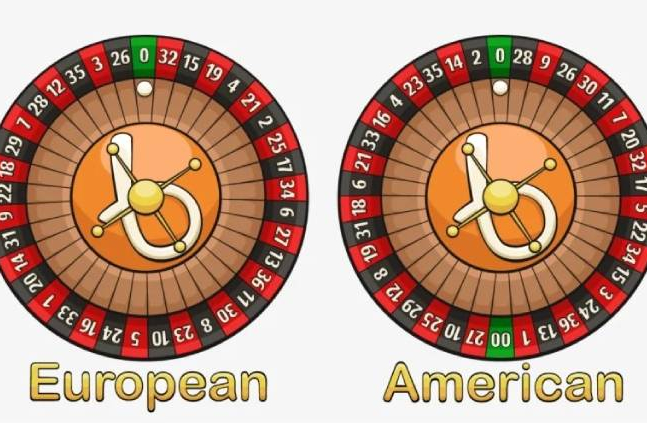Initially pioneered by a man named Blaise Pascal in the mid-17th century who attempted to make a perpetual motion machine and also helped to develop probability theory, Roulette is now one of the most popular casino games in the world.
Though the game was mostly developed in France, it followed on from there to other European games that had similar structures and betting. So how did we end up with two different “types” of roulette and what is the difference between the two?
Well, the roulette wheel became incredibly popular during the 19th century. Before this time, the wheel featured the numbers 1-36, as well as a “0” and “00”. The revolution happened when the French Blanc brothers “relaunched” the game without the “00”, increasing the odds dramatically for the punters.
In 1893, this “single-zero” version of roulette found its place in Monte Carlo casinos, lifting the city to high-status and spreading the game further afield.
By the 1800s, roulette had made its way across the ocean and landed on the shores of America. The American casinos apparently weren’t satisfied with the house edge that the “0” offered and American wheels were redesigned to add in the “00” (Some early wheels also featured an “eagle” slot, a further house edge, but this was later removed).
To clarify, both the European and American wheels use the same board, the same rules and the same betting options. The only difference between the two games is that European roulette has a single green “0” slot and American roulette has both a single “0" and an extra “00” slot, both green.
That’s it! No extra quirks, perks or rule variations; just an extra slot for the ball to land on.
To understand the significance of this difference, you need to have a very basic understanding of roulette and how it is played. In roulette, the player places a bet or a series of bets. They can bet on a single number (including the zero slots), multiple numbers, odds or evens, black or red and a number of other options.
The croupier (or the RNG in online casinos) spins the ball around the rotating wheel, and when the ball loses momentum, it eventually lands in a slot. If the player’s bet matches up to where the ball lands, then they are paid out.
Here is where the house edge comes in and why the casino wins in the long-term: the player is always paid out 35 to 1 on their bet.
This means that if you bet $1 on a single number, you would make your dollar back plus another $35. Sounds good; apart from the fact that there are 36 numbers PLUS the zeros.

So, which wheel is better to play on?
The payout is exactly the same for both the American and European roulette, but the American wheel gives you lower odds because the extra “00” effectively doubles the house edge.
In European roulette, however, you are given a 35 to 1 payout for a 37 to 1 event. In American roulette, you are given a 35 to 1 payout for a 38 to 1 event.
In layman’s terms, the American roulette wheel is going to take your money twice as fast as the European wheel. Specifically, the house edge in European roulette is 2.7% no matter what bets you place while the house edge in American roulette is always 5.26%.
If you have the choice, you should always opt for European roulette. Of course, if you are playing at land-based casinos, then you might not have any option but to play what the casino in your country offers.
But online casinos are different. They often offer both options, and major providers like PokerStars Casino may even only offer European roulette on their site and mobile app, knowing that the players prefer it and that it is a fairer game.
Whichever you decide to play, have fun and play responsibly.








.jpg)
.jpg)








How does it work?
Locate and discover worldwide casinos
Find their promotions, events and enjoy exclusive deals
Good luck!